Texas is a diverse place. Of the over 28.6 million residents of Texas, 11.2 million — or 39.4 percent — are Latino or Hispanic. To be more specific, the vast majority of them are Chicano. This unique subculture prospers in the Southwest, including in some of Texas' largest cities.
Chicanos adopted the term during the 1960s and '70s when social movements sought to celebrate Mexican heritage. Today, the pride is stronger than ever, while creating a Latino tradition that is neither fully Mexican nor American.
These are the biggest cities in Texas where you can experience Chicano culture, ranked by Latino/Hispanic population size.
10. Eagle Pass
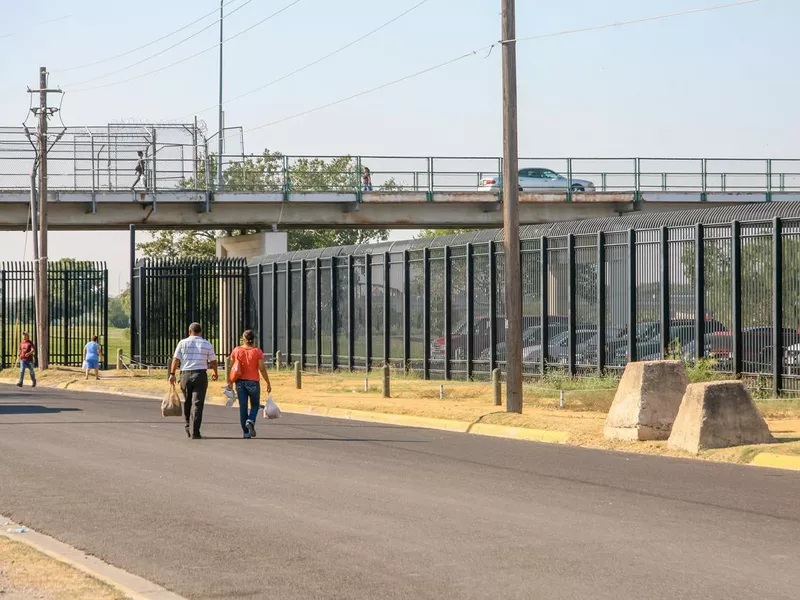
Photo Beto / Getty Images
Population: 29,307
Latino/Hispanic population: 28,455
Percent of Latino/Hispanic population: 97.1 percent
Bottom line: It may not have a Spanish name, but Eagle Pass still has a strong Chicano culture.
The border town has a majority Mexican-American population. It is directly connected to Mexico by not one, but two international bridges that have historically facilitated cultural and economic trade.
It's a bit hard to pinpoint exactly where you can find Chicano culture in Eagle Pass because the entire city is a center for this amazing heritage.
Note: All Texas city population figures are from the 2020 United States Census. Rankings are based on the percentage of Latino/Hispanic population for cities that have more than 25,000 people.
9. Odessa
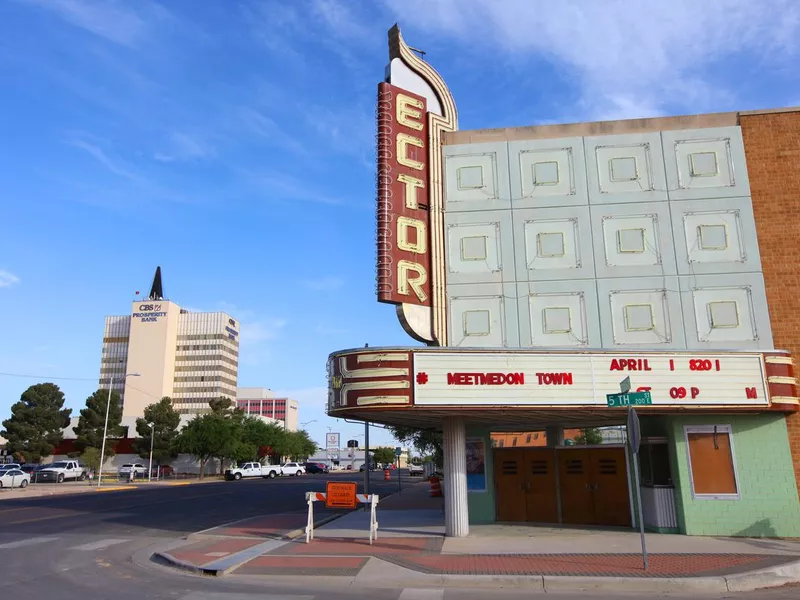
DenisTangneyJr / Getty Images
Population: 122,630
Latino/Hispanic population: 72,383
Percent of Latino/Hispanic population: 59.0 percent
Bottom line: While it's closer to New Mexico than to Mexico, Odessa can't deny the stronghold that Chicano culture has on it.
The city was one of the places where the 1972 protests known as the Chicano Students Walkouts occurred. Asking for the same resources as their white counterparts, these protests remain an important part of Odessa's history.
The city also constantly has Mexican-American celebrations and a great Mexican food scene.
8. McAllen
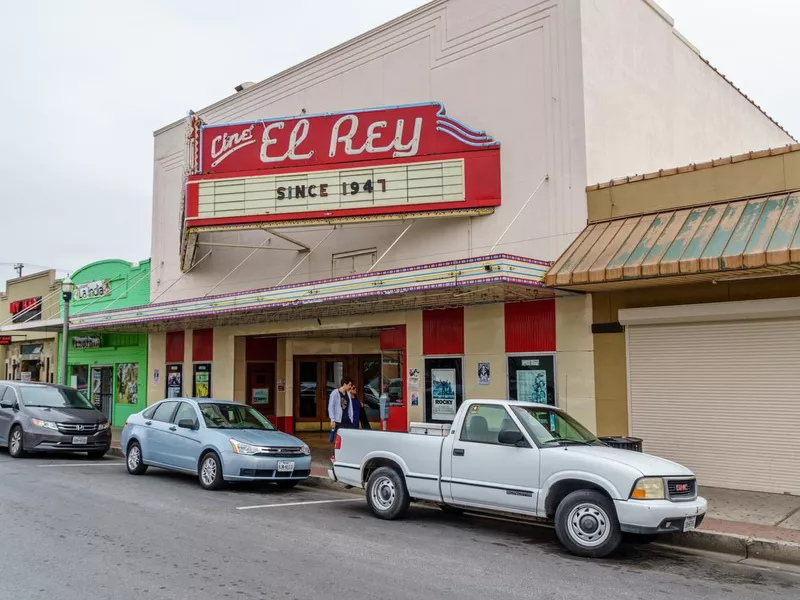
tirc83 / Getty Images
Population: 142,557
Latino/Hispanic population: 121,940
Percent of Latino/Hispanic population: 85.5 percent
Bottom line: More than 85 percent of people in McAllen are Hispanic or Latino. And over 115,000 of them are of Mexican descent. That's because McAllen is also a border town with very close ties to our southern neighbor.
You'll hear Spanish as often (if not more often) as English here. Chinaco Spanglish is the city's unofficial language.
Trade with Mexico is a daily part of life in McAllen. You can buy Mexican goods at the border, or you can cross the border for a day trip to Mexico.
7. Corpus Christi
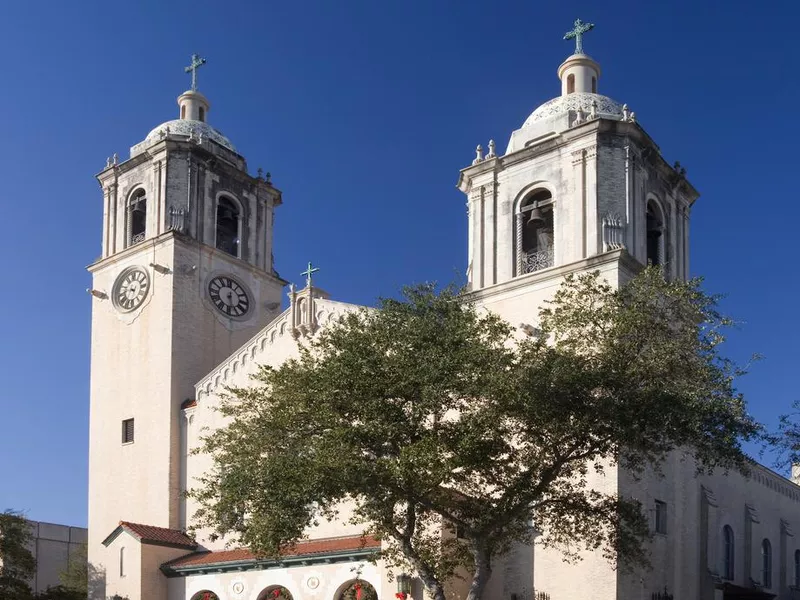
dhughes9 / Getty Images
Population: 326,332
Latino/Hispanic population: 208,167
Percent of Latino/Hispanic population: 63.8 percent
Bottom line: Tejano legend Selena spent a lot of her life in Corpus Christi, where more than half of the population is made up of U.S.-born Latinos. As in other places in Texas, most Latinos here are of Mexican descent — just over 192,000 out of 208,167, to be exact.
Check out events at the Instituto de Cultura Hispánica de Corpus Christi (Corpus Christi Institute for Hispanic Culture), whose official name is, yes, in Spanish. Or simply head out to a live music show. Chances are, you'll get to hear Chicano music and experience the energy of the culture's distinctive concerts.
6. Laredo
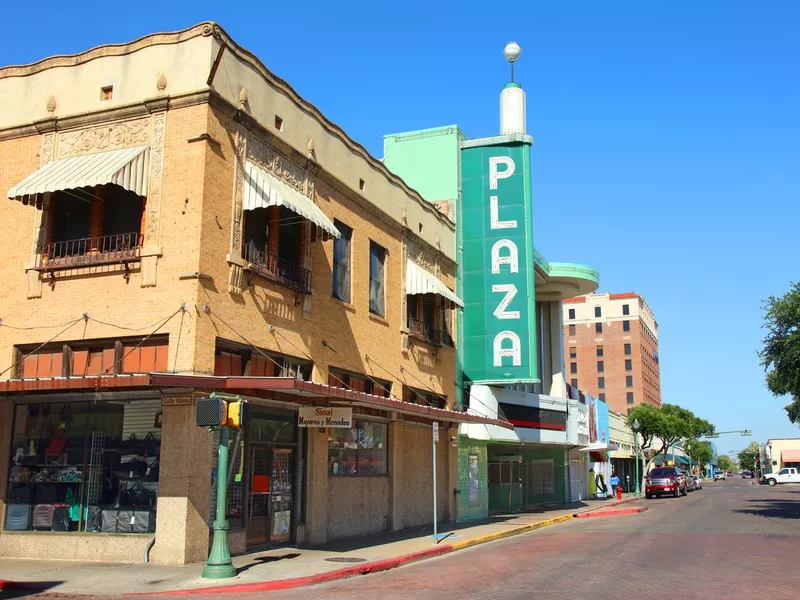
DenisTangneyJr / Getty Images
Population: 260,571
Latino/Hispanic population: 248,973
Percent of Latino/Hispanic population: 95.5 percent
Bottom line: Laredo, Texas, is separated from Nuevo Laredo, Mexico, by the Rio Grande. But the communities are connected by history.
The influence is obvious in the language. Many of the names of streets and places are still in Spanish. You'll find several ranchos (cattle farms) around the town. And while this isn't a surprise (this is Texas, after all), the interesting bit is that they're called ranchos rather than cattle farms.
Chicano culture is so strong in Laredo that one of the most frequently asked questions on Google is: "Is Laredo considered Mexico?"
5. Austin
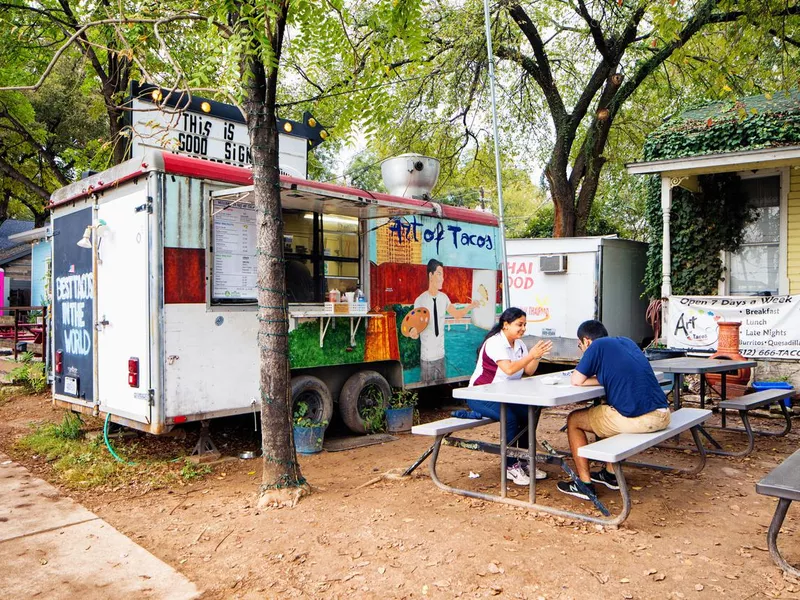
NicolasMcComber / Getty Images
Population: 965,872
Latino/Hispanic population: 321,621
Percent of Latino/Hispanic population: 33.3 percent
Bottom line: It's no shock that the Texan capital would be a place for a confluence of cultures. But its largest ethnic group continues to be Mexican-Americans.
The city of Austin has a deep connection to its Chicano and Mexican roots. There is a gigantic six-day festival to celebrate Fiestas Patrias, Mexican Independence, which is on Sept. 16, not on Cinco de Mayo.
Austin also has several ways to celebrate Chicano culture, even on regular days. One option is to visit the Tejano Monument at the Capitol. Another is to spend time at the Emma S. Barrientos Mexican American Cultural Center or the Mexic-Arte Museum.
4. Dallas
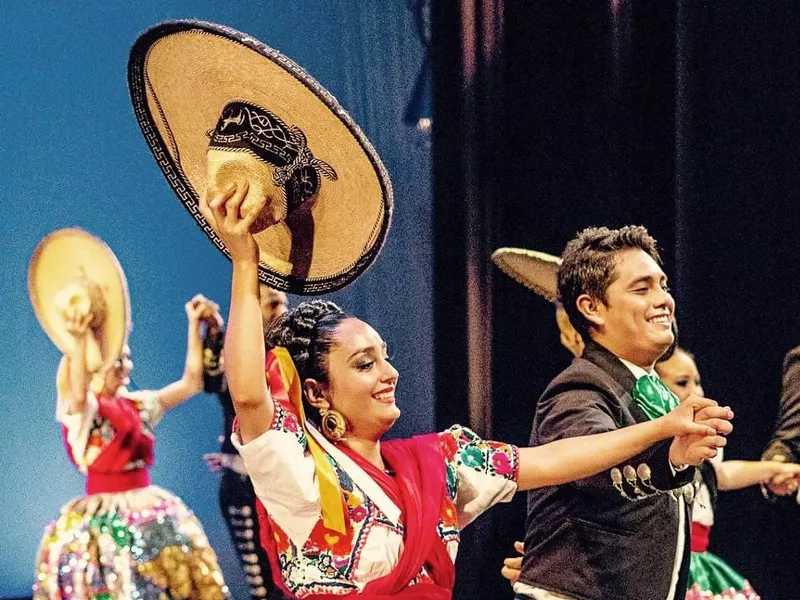
Anita N. Martinez Ballet Folklorico / Facebook
Population: 1,348,890
Latino/Hispanic population: 541,317
Percent of Latino/Hispanic population: 41.5 percent
Bottom line: Dallas isn't the most Chicano city in Texas. In fact, it has a large non-Mexican Hispanic population. But that doesn't mean it has completely forgotten where it came from.
One of the best ways to experience Mexican-American culture here is to see ballet folklórico. This traditional Mexican dance merges elements of European, indigenous and Black dances to make a unique form of folkloric art.
Usually, the only way to see it would be to buy a plane ticket to Mexico. But if that's not possible, seeing it in Dallas is almost as amazing.
3. El Paso
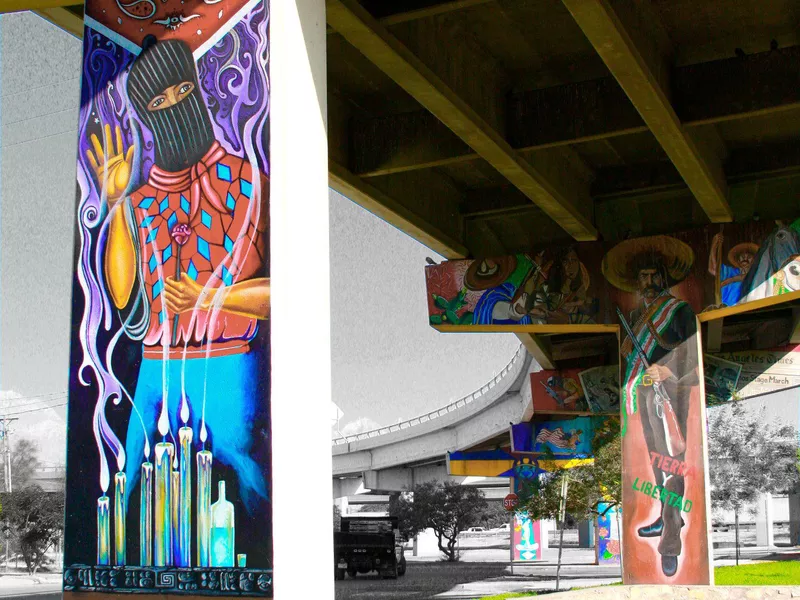
Lincoln Park: El Corazón de El Paso / Facebook
Population: 836,915
Latino/Hispanic population: 691,920
Percent of Latino/Hispanic population: 82.7 percent
Bottom line: El Paso means "the way" or "the step" in Spanish, probably referencing the fact that the town is the step between the U.S. and Mexico. Because of its proximity to the border, the cultural influence of Texas' Mexican roots is still strongly felt.
Sure, you'll find Tex-Mex here, but you're even more likely to find authentic Mexican food. The music that blasts in the streets and stores is often in Spanish and very often norteña, a genre typical of the north of Mexico.
To experience Chicano culture, go see the murals at Lincoln Park, often called the Chicano Park. Considered "el Corazon de El Paso," or the heart of El Paso, the park puts the culture's presence on full display.
2. San Antonio
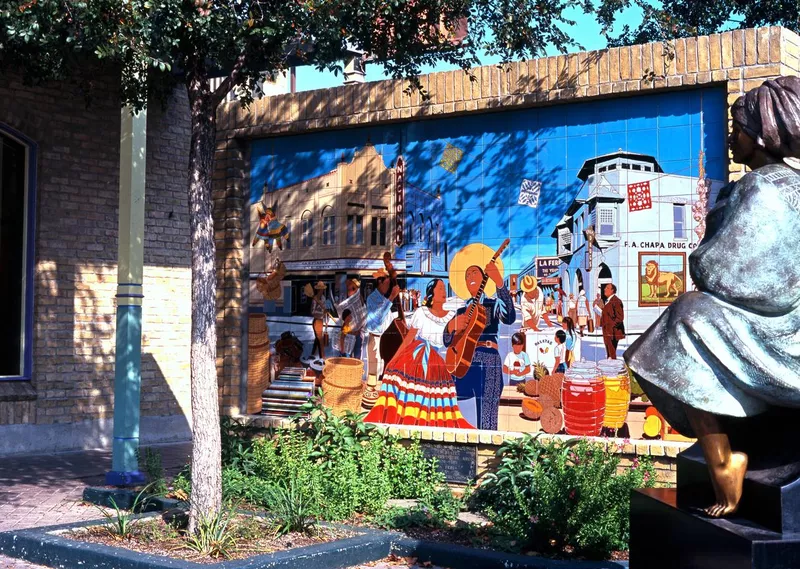
CaronB / Getty Images
Population: 1,434,625
Latino/Hispanic population: 989,877
Percent of Latino/Hispanic population: 64.7 percent
Bottom line: San Antonio is famous for the Alamo, a battle site of the Texas Revolution, when Texans fought for independence from Mexico to join the United States. Despite this history, the city's Mexican and Chicano roots are undeniable.
At El Mercado, for instance, you'll find artisanal items reminiscent of those you'd find in a traditional market in Mexico. From souvenirs to cookware, many of these things are distinctively indigenous, coming from the cultures that inhabited the area before the arrival of the Spanish.
You also have the Mexican Cultural Institute and the Guadalupe Cultural Arts Center. The latter was founded by Chicano artists and promotes Chinano, Hispanic and Native American cultures.
1. Houston
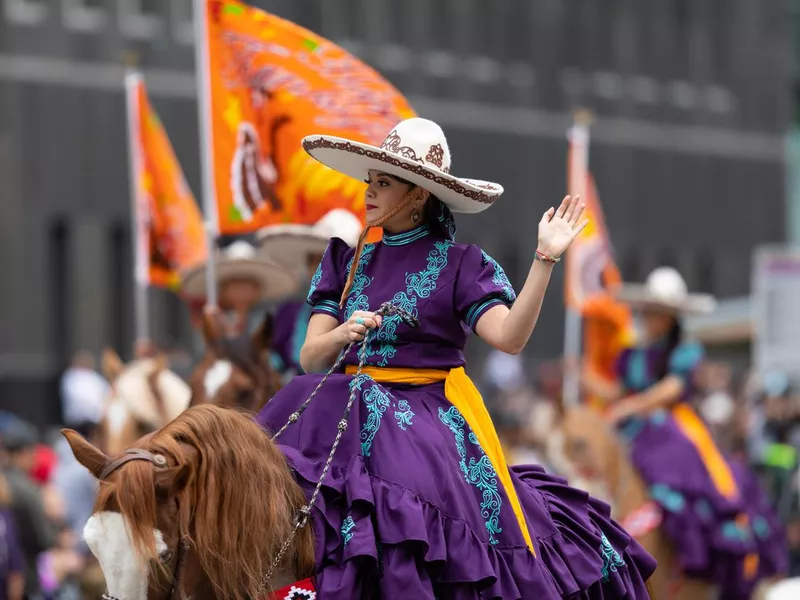
Roberto Galan / Getty Images
Population: 2,313,238
Latino/Hispanic population: 1,028,742
Percent of Latino/Hispanic population: 44.5 percent
Bottom line: Houston is the largest city in Texas. Its culture is rooted in Mexican traditions.
If you want to learn about Latin American heritage, the Institute of Hispanic Culture of Houston is a great place to start. Keep in mind, though, that there is a lot of diversity within Latin American culture, especially when it comes to the experiences of Chicanos.
For something more directly tied to Chicanos in Texas, visit the Vaquero in Moody Park. During the mid-20th century, it was often a place of gathering for Chicanos fighting and protesting racism and discrimination.
